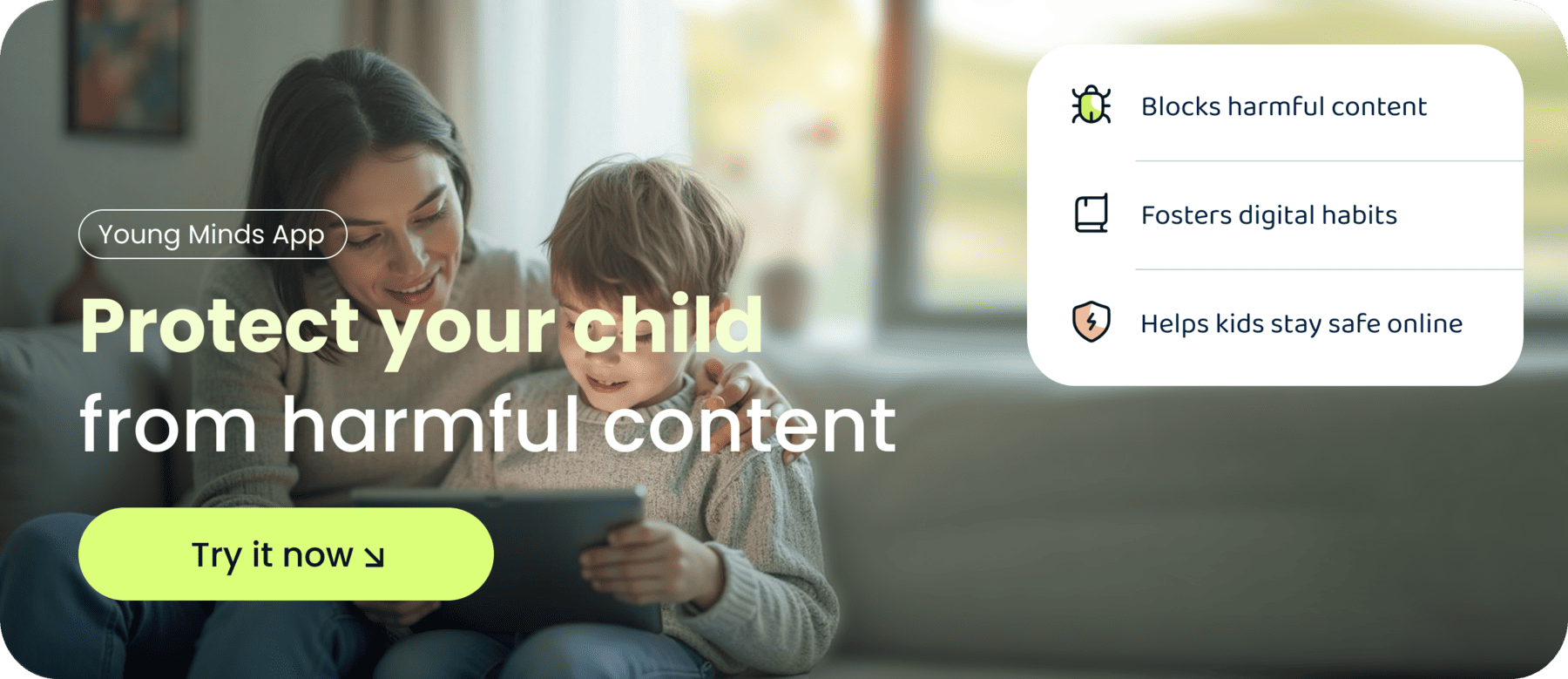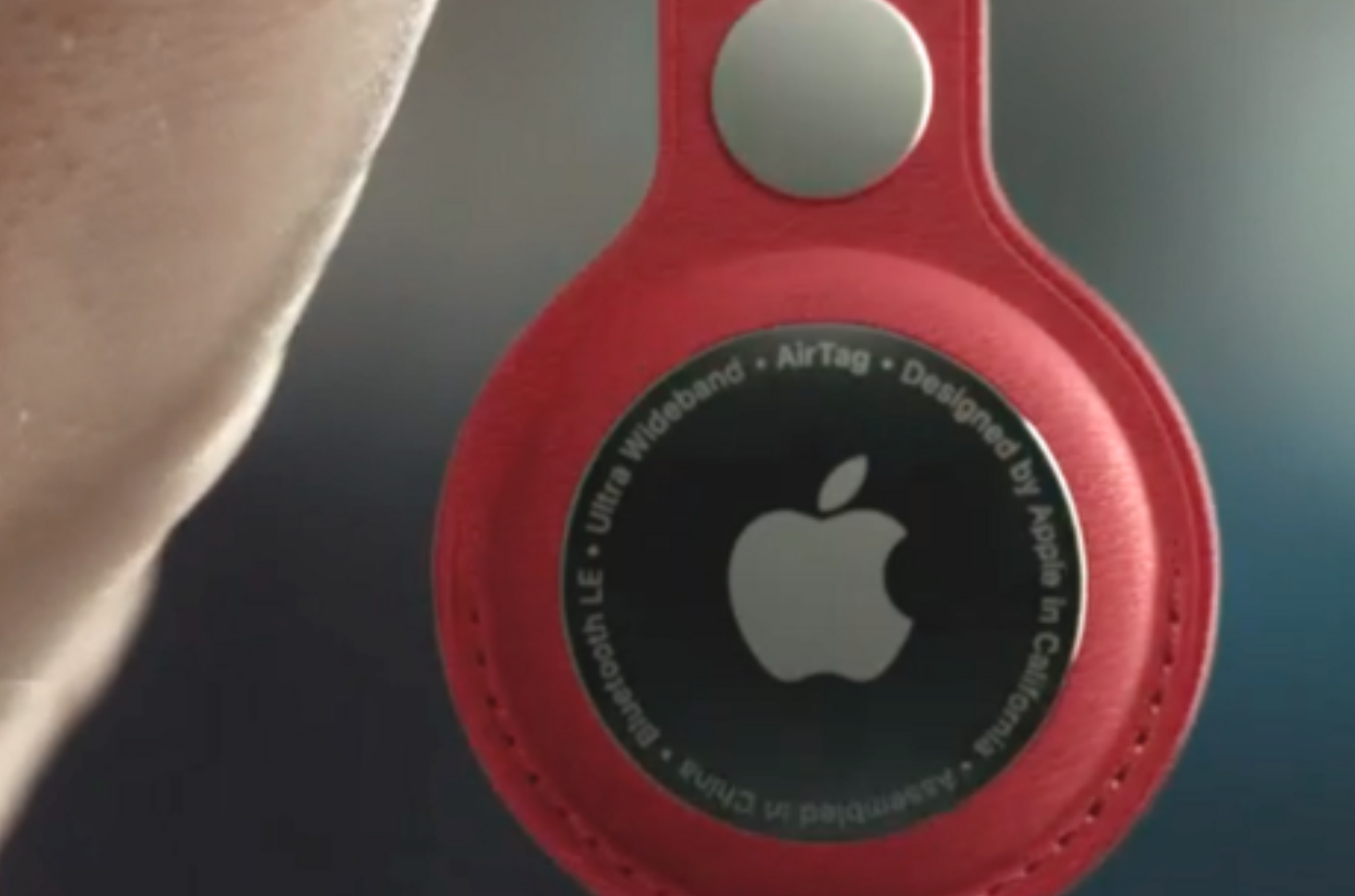Why AirTags Might Not Be the Best Tracking Solution for Kids
Many parents are turning to Apple AirTags to keep tabs on their child’s whereabouts—especially during the school day. Just pop one into their bag and check their location whenever you’re worried. Simple, right?
Not quite.
At Young Minds App, where digital safety is about preparation—not surveillance—we encourage families to take a closer look. Because while AirTags might feel like a quick solution, they can create more problems than they solve.
So, are AirTags really safe for kids? Let’s explore the facts.
AirTags Don’t Track Your Child - They Track Everyone Around Them
AirTags don’t use GPS. Instead, they emit a Bluetooth signal picked up by nearby Apple devices. That signal is then sent to Apple servers and appears in your “Find My” app.
This means the AirTag only updates its location when near someone else’s iPhone, iPad, or Mac.
If your child takes an AirTag to school, it’s not just their movement being tracked. It’s the teacher’s iPad, their classmates’ phones, and any Apple device nearby that makes tracking possible.
In effect, the AirTag depends on other people, without their consent. That raises privacy concerns, especially in schools where safeguarding rules are taken seriously.
iPhones Detect and Warn About Unfamiliar AirTags
Apple devices are designed to detect unknown AirTags travelling with them. If a teacher or student has an iPhone, they may receive a notification like:
“AirTag Found Moving With You.”
This alert is designed to prevent stalking, but in a school setting, it can cause confusion, fear, or even panic. A teacher might believe someone is tracking them, and schools are obligated to investigate any potential safeguarding issue. What was meant as a protective tool can suddenly become a disruption.
AirTags Can Start Beeping Without Warning
After 8 to 24 hours of separation from their owner, AirTags begin to make a beeping sound. This is another anti-stalking feature, but in schools, it can create unnecessary alarm.
Imagine a cloakroom filled with coats. Suddenly, one starts emitting a high-pitched beeping. Staff are unsure what it is. Lessons are disrupted. Investigations begin. Eventually, it’s discovered to be an AirTag in a child’s bag—placed there by a well-meaning parent.
The intention was innocent, but the impact is disruptive.
They Can Give a False Sense of Security
Parents often think they’ll always be able to see where their child is—but that’s not how AirTags work.
The location only updates when the AirTag is near an Apple device with internet access. If it's in a locker, a signal-dead classroom, or far from other phones, you may see a message like:
“Last seen at 1:12pm.”
That creates two problems: false panic when the signal isn’t current, or false confidence when the AirTag hasn’t moved—leaving parents with a misleading sense of safety.
Schools Can’t Tell Who the AirTag Belongs To
If school staff discover an AirTag, they won’t immediately know who it belongs to. Unless it’s been set to “Lost Mode,” the AirTag shows no identifiable information.
They may tap it and see a partial phone number—but that’s not enough to avoid disruption. In safeguarding situations, uncertainty becomes a liability.
What Does ‘Safe’ Really Mean for Kids?
AirTags were never designed for tracking children. They were built for finding lost items like luggage and keys. Using them in a school context creates unintended consequences:
- They track others, not just your child
- They can trigger privacy alerts and investigations
- They beep without warning, disrupting classes
- They offer limited, delayed location updates
- They make ownership hard to verify
These are real issues - not hypotheticals.
So, Are AirTags Safe for Kids?
Not really. While they may seem helpful, AirTags aren’t built for child safety. In school settings especially, they can raise safeguarding concerns and disrupt learning environments.
They can create more confusion than clarity, more conflict than confidence.
A Better Way: Teach Digital Safety, Don’t Outsource It
Rather than track your child, teach them.
Instead of relying on tech meant for objects, use tools that build awareness, responsibility, and trust. That’s the philosophy behind Young Minds App.
We help families grow stronger digital habits by:
- Encouraging independence step-by-step
- Using rewards and motivation—not fear
- Promoting honest conversations and shared decisions
- Creating digital routines from the moment a child gets their first device
True peace of mind doesn’t come from constant tracking. It comes from knowing your child has the tools to make good choices—on screen and off.
Conclusion
AirTags are clever - but they’re not kid-safe by design. If you're looking for digital peace of mind, look beyond tracking and focus on building digital resilience.
About Young Minds App
At Young Minds App, we’re more than a parental control tool. We’re a team of educators, technologists, and parents helping families prepare—not just protect.
Our platform enables parents to:
- Filter harmful content using AI-driven safeguards
- Structure screen time with collaborative routines
- Teach children to spot online risks through interactive learning
We believe in digital readiness, not digital fear. Safety begins with trust, understanding, and shared responsibility.
Parents also ask:
What is an AirTag?
An AirTag is a small Bluetooth tracking device made by Apple that helps you locate items using the Find My app on iPhone, iPad, or Mac. It can also be used to track personal belongings—or even help monitor a child’s location in certain scenarios.
Can I use AirTags to track my child?
You can, but it’s not what AirTags are built for. They’re meant for keys, wallets, and bags — not people. Still, many parents use them as a lightweight tracking backup for peace of mind.
Does an AirTag show me where my kid is in real-time?
No. AirTags don’t have GPS. They rely on nearby Apple devices in the world to update their location. In a busy mall or city, that might work well. But in a park, on a hike, or in rural areas? Expect big location delays or no updates at all.
Are AirTags reliable for kid safety?
Not really. They're helpful for knowing roughly where your child was recently, but not ideal for actual child safety. If you're serious about tracking, you're better off with a GPS tracker built for kids.
Are there better options than AirTags for tracking kids?
Yes. 100%.
Try a GPS watch or trackers
Many have SOS buttons, 2-way calling, geofencing, and real-time updates.
They cost more, but they’re built for this job.





